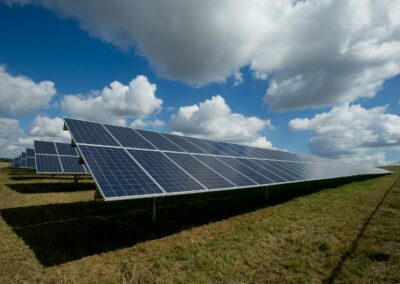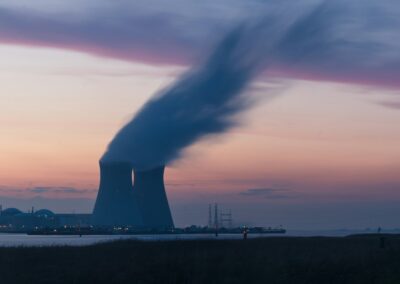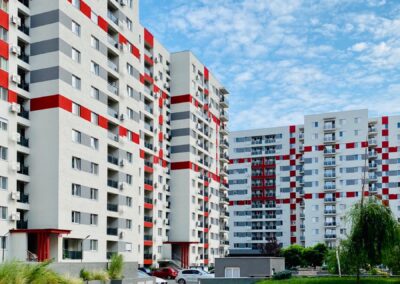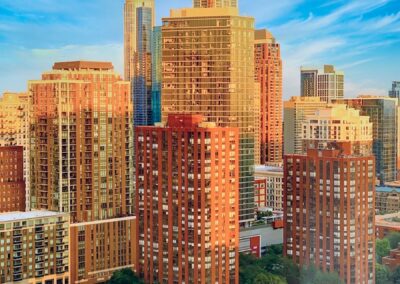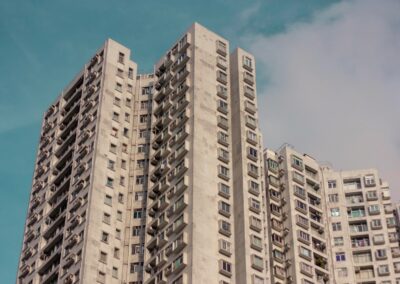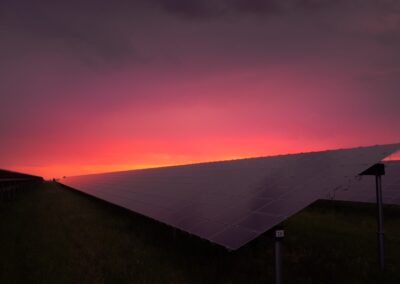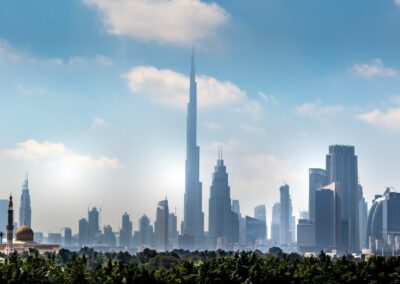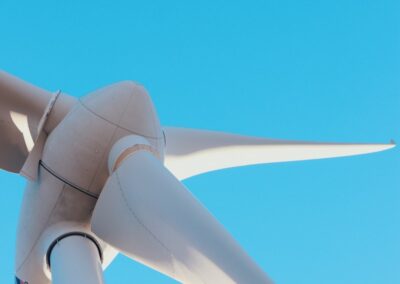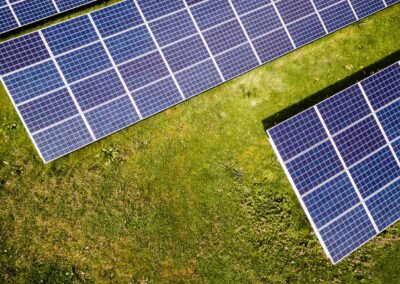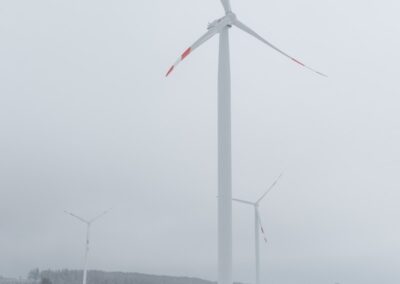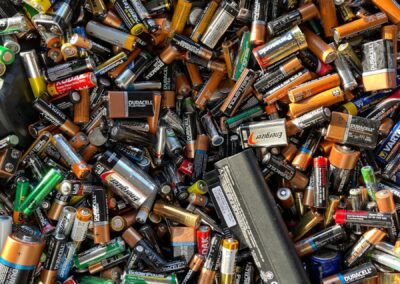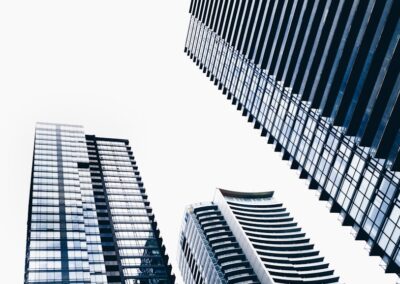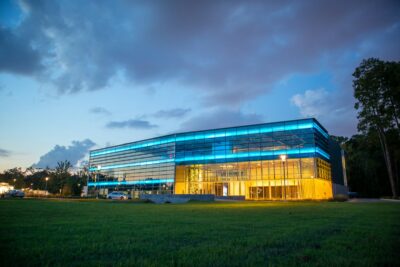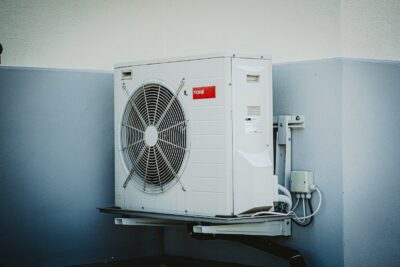How Regulations Shape Energy Efficiency in High-Rise Construction
The Role of Building Codes in Energy-Efficient High-Rise Buildings
The development of energy-efficient high-rise buildings is significantly influenced by building codes and regulations, which set the standards for design and construction practices. These regulations are essential for ensuring that buildings meet specific energy efficiency criteria, reducing their environmental impact, and promoting sustainability. In regions like Saudi Arabia and the UAE, cities such as Riyadh and Dubai are implementing advanced building codes to foster the construction of high-rise buildings that are both energy-efficient and environmentally friendly.
Building codes serve as a framework for architects, engineers, and developers, guiding them in the incorporation of energy-efficient features into their designs. These codes often include requirements for insulation, ventilation, lighting, and the use of renewable energy sources. In Riyadh, for example, the government has introduced stringent energy efficiency standards for new constructions, encouraging the use of innovative materials and technologies that minimize energy consumption.
Dubai has also been at the forefront of promoting energy-efficient high-rise buildings through its Green Building Regulations and Specifications. These regulations mandate the integration of energy-efficient systems, such as high-performance glazing, efficient HVAC systems, and renewable energy technologies. By adhering to these regulations, developers in Dubai are contributing to the city’s vision of becoming a global leader in sustainability and smart urban living.
Global Best Practices in Energy-Efficient Building Design
The implementation of energy-efficient high-rise buildings worldwide has led to the emergence of several global best practices that set benchmarks for sustainable construction. These best practices encompass a range of strategies aimed at optimizing energy use, enhancing indoor environmental quality, and reducing the overall carbon footprint of buildings. By adopting these practices, cities like Riyadh and Dubai are positioning themselves as leaders in sustainable urban development.
One of the key best practices is the use of smart building technologies, which leverage artificial intelligence (AI) and Internet of Things (IoT) devices to monitor and manage energy use in real time. In high-rise buildings, these technologies can optimize lighting, heating, cooling, and ventilation systems based on occupancy and external weather conditions, significantly reducing energy consumption. Riyadh’s new high-rise developments are incorporating these smart systems to achieve greater energy efficiency and enhance occupant comfort.
Another important practice is the incorporation of renewable energy sources, such as solar panels and wind turbines, into building designs. Dubai’s high-rise buildings, for instance, are increasingly being equipped with photovoltaic panels that generate electricity on-site, reducing reliance on grid power. This not only lowers operational costs but also contributes to the city’s renewable energy targets. Additionally, passive design strategies, such as maximizing natural light and ventilation, are being employed to further enhance energy efficiency.
Leadership and Innovation in Energy-Efficient High-Rise Buildings
Promoting Sustainable Urban Development
Effective leadership and innovation are crucial for advancing the construction of energy-efficient high-rise buildings. In both Saudi Arabia and the UAE, government agencies, private developers, and urban planners are working together to create frameworks that promote sustainable building practices. This collaborative approach ensures that energy-efficient technologies and strategies are integrated into the design and construction of high-rise buildings, contributing to the overall sustainability goals of these regions.
In Riyadh, the government’s Vision 2030 plan emphasizes sustainable development as a key priority. This vision includes initiatives to enhance the energy efficiency of buildings, reduce carbon emissions, and promote the use of renewable energy. By fostering a regulatory environment that supports innovation in building design, Riyadh is setting a benchmark for sustainable urban development in the Middle East.
Dubai’s leadership in sustainable building practices is evident in its ambitious projects, such as the Dubai Sustainable City and the Dubai Creek Harbour. These developments are designed with a strong focus on energy efficiency, incorporating cutting-edge technologies and best practices from around the world. By promoting sustainability through high-rise construction, Dubai is demonstrating its commitment to creating a greener and more resilient urban environment.
Business Opportunities in Energy-Efficient High-Rise Buildings
The construction of energy-efficient high-rise buildings presents significant business opportunities for developers, investors, and technology providers. As demand for sustainable buildings grows, companies that specialize in energy-efficient technologies and construction practices are well-positioned to benefit from this trend. In Saudi Arabia and the UAE, the emphasis on sustainability is driving investment in green building projects, creating a thriving market for energy-efficient solutions.
In Riyadh, real estate developers are increasingly recognizing the value of energy-efficient high-rise buildings. These buildings not only reduce operational costs through lower energy consumption but also attract environmentally conscious tenants and investors. By investing in sustainable building practices, developers can enhance the marketability and profitability of their properties.
Dubai’s business landscape is similarly benefiting from the focus on energy efficiency. Companies involved in the design, construction, and maintenance of high-rise buildings are leveraging advanced technologies, such as blockchain for energy management and AI for predictive maintenance, to enhance the performance and sustainability of their projects. By embracing these innovations, businesses in Dubai are contributing to the city’s vision of a sustainable future while achieving competitive advantages in the real estate market.
Conclusion: The Future of Energy-Efficient High-Rise Buildings
The integration of energy-efficient high-rise buildings into urban landscapes is a critical component of sustainable development. In regions like Saudi Arabia and the UAE, cities such as Riyadh and Dubai are leading the way in implementing advanced building codes and adopting global best practices to promote energy efficiency. By leveraging smart technologies, renewable energy sources, and innovative design strategies, these cities are setting new standards for sustainable high-rise construction.
For business executives, mid-level managers, and entrepreneurs, understanding the importance of energy efficiency in high-rise buildings is essential for navigating the future of urban development. By embracing sustainable building practices and supporting regulatory frameworks, leaders can drive business success and contribute to the creation of greener, more resilient cities. Together, we can build a future where energy-efficient high-rise buildings play a pivotal role in promoting environmental stewardship and enhancing the quality of urban life.
—
#EnergyEfficientBuildings #HighRiseConstruction #BuildingCodes #Regulations #GlobalBestPractices #UAE #SaudiArabia #Riyadh #Dubai #AI #Blockchain #Metaverse #GenerativeAI #BusinessSuccess #LeadershipSkills



